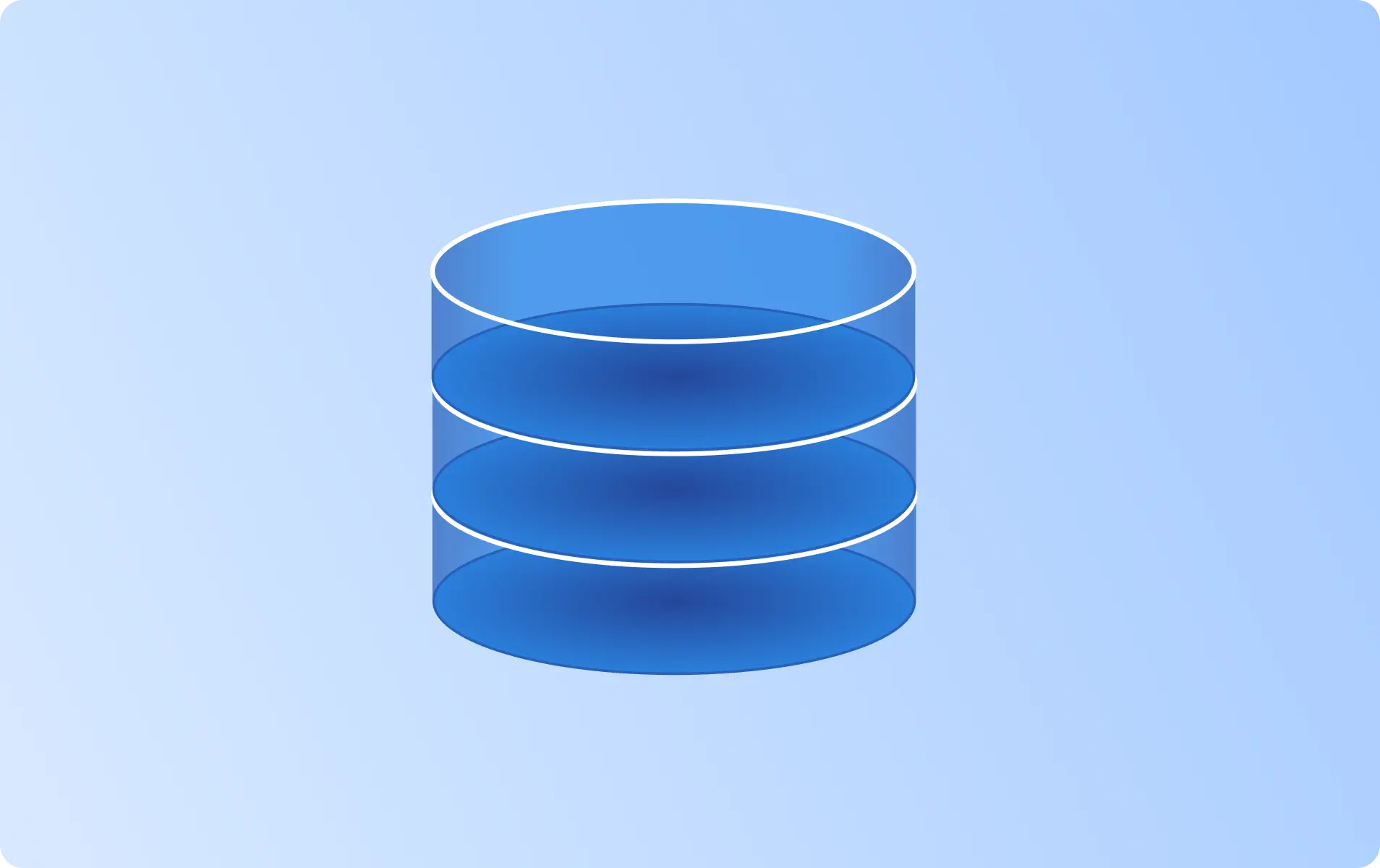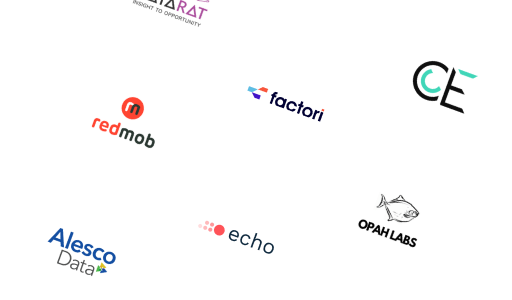Talent Data: Examples, Providers & Datasets to Buy

- Overview
- Datasets
- Providers
- Use Cases
- Attributes
- Guide
- FAQ
- Overview
- Datasets
- Providers
- Use Cases
- Attributes
- Guide
- FAQ
What is Talent Data?
Talent data refers to structured information about individuals in the labor market, typically used for hiring, workforce planning, talent acquisition, diversity benchmarking, and competitive intelligence.
This data includes information about a person’s professional background, such as education, skills, current and past job titles, company affiliations, certifications, and even salary benchmarks. Talent data can be collected from resumes, social profiles, job boards, HR systems, or workforce databases.
HR tech platforms, recruiters, and business leaders use talent data to streamline hiring, assess workforce gaps, and understand labor market supply and demand trends.
What Are Examples of Talent Data?
Talent data includes diverse attributes that enable talent sourcing and strategic workforce planning. Common examples are:
- Job Titles: Current and historical roles held by individuals.
- Work Experience: Career trajectory, industries, and employers.
- Skills: Technical, soft, and certified competencies.
- Education: Degrees, institutions, and academic achievements.
- Location: City, region, or remote status of talent.
- Salary Benchmarks: Estimated or reported compensation.
- Certifications: Validated qualifications (e.g., PMP, AWS, CPA).
- Employment Status: Active, passive, or unemployed candidates.
- Company Org Charts: Reporting structures and team compositions.
Best Talent Datasets & Providers
Here is our curated selection of top Talent Data sources. We focus on key factors such as data reliability, accuracy, and flexibility to meet diverse use-case requirements. These datasets are provided by trusted providers known for delivering high-quality, up-to-date information.

B2B Contact Data API | Tech Talent from LinkedIn | 10M+ Tech Profiles | Best Price Guarantee

LinkedIn Data – US Company Intelligence & Hiring Signals • LinkedIn Data Matchable with Job Market Data for Talent, CRM Enrichment & HR Intelligence

Global CEO & Startup Contact Data | Verified & Bi-Weekly Updates

Rocks & Gold Hiring Data Platform - 200k+ B2B companies hiring for tech talent updated in real-time (50+ major job boards)

Global LinkedIn Data | Linkedin Employee Profiles |600M+ Records | Best Price Guaranteed| Monthly Updates | Verified Email + Phone numbers

B2B Contact Data | 1M US Ivy League Business Professional Contact Data Set | Education Alumni Data | Verified Safe to Email

Employee Data API | Optimize HR Strategies & Find The Right Employees | Access 700M+ Professional Records | Best Price Guarantee

Skill Taxonomy Data US | AI-Powered Title & Skill Taxonomy Data Matchable with Job Postings for Talent Intelligence, HR Analytics & Workforce Planning

LinkedIn company Data | Global LinkedIn data | 70M+ LinkedIn Company profiles | Bi-weekly updates

Educational Marketing Data | 100M US Education History Data | Verified Safe to Email
Can't find the data you're looking for?
Let data providers come to you by posting your request
Post your request
Top Talent Data Providers & Companies
Popular Use Cases for Talent Data
Talent data enables smarter hiring, workforce development, and competitive advantage. Top applications include:
- Talent Sourcing: Identify qualified candidates based on job fit and experience.
- Workforce Planning: Analyze current skills inventory and hiring needs.
- Compensation Benchmarking: Align salaries with market averages.
- Investment Due Diligence: Evaluate the strength of leadership teams and overall workforce health when considering company acquisitions.
- Skills Gap Analysis: Discover reskilling opportunities in teams.
- Location Strategy: Identify talent hotspots for remote or office roles.
- Organizational Mapping: Visualize leadership structures and teams.
Main Attributes of Talent Data
The value of talent data lies in the quality, relevance, and freshness of its attributes. Key fields typically include a professional’s full name, current job title, and work contact information such as email address or LinkedIn profile. Company affiliation and role within the organization provide context on their current responsibilities. Data also often includes years of experience, industry classification, seniority level, and department alignment. Common fields include:
- Full Name
- Job Title
- Work Email / LinkedIn URL
- Company Name
- Skills / Tech Stack
- Years of Experience
- Current Location / Willingness to Relocate
- Degree and Major
- Industry / Sector
- Seniority Level
- Language Fluency
- Organization Role / Department
- Salary Range (actual or estimated)
| Attribute | Type | Description | Action |
|---|---|---|---|
| String | The industry classification of a company. | View 184 datasets | |
| String | The official website of a company. | View 184 datasets | |
| String | The approx. number of employees working for a company. | View 176 datasets | |
| String | The name of a company or business, might be the legal or brand name. | View 162 datasets | |
| String | The first name of a contact. | View 151 datasets | |
| String | The last name (surname) of a contact. | View 151 datasets |
How Is Talent Data Collected?
Talent data is aggregated from:
- Public profiles (e.g., LinkedIn, GitHub, Behance)
- Resumes/CVs via applicant tracking systems
- Company websites and career pages
- Job boards and employer reviews
- Payroll, HRIS, and LMS platforms (via API integrations)
- Surveys and employee feedback platforms
- Government labor statistics and census data
- Third-party workforce analytics providers
Data is cleaned, deduplicated, and enriched with AI to ensure accuracy and compliance.
Where Can I Access Talent Data?
Talent data is available through:
- APIs: People Data Labs, Clearbit, or Affinda for developer access.
- Recruitment Platforms: SeekOut, HireEZ, and Lusha.
- Data Marketplaces: Datarade, Databricks Marketplace.
- HR Tools: Greenhouse, Lever, and Workday offer internal data exports.
- Labor Market Dashboards: TalentNeuron, Revelio Labs.
Frequently Asked Questions
How is the Quality of Talent Data Maintained?
The quality of Talent Data is ensured through rigorous validation processes, such as cross-referencing with reliable sources, monitoring accuracy rates, and filtering out inconsistencies. High-quality datasets often report match rates, regular updates, and adherence to industry standards.
How Frequently is Talent Data Updated?
The update frequency for Talent Data varies by provider and dataset. Some datasets are refreshed daily or weekly, while others update less frequently. When evaluating options, ensure you select a dataset with a frequency that suits your specific use case.
Is Talent Data Secure?
The security of Talent Data is prioritized through compliance with industry standards, including encryption, anonymization, and secure delivery methods like SFTP and APIs. At Datarade, we enforce strict policies, requiring all our providers to adhere to regulations such as GDPR, CCPA, and other relevant data protection standards.
How is Talent Data Delivered?
Talent Data can be delivered in formats such as CSV, JSON, XML, or via APIs, enabling seamless integration into your systems. Delivery frequencies range from real-time updates to scheduled intervals (daily, weekly, monthly, or on-demand). Choose datasets that align with your preferred delivery method and system compatibility for Talent Data.
How Much Does Talent Data Cost?
The cost of Talent Data depends on factors like the datasets size, scope, update frequency, and customization level. Pricing models may include one-off purchases, monthly or yearly subscriptions, or usage-based fees. Many providers offer free samples, allowing you to evaluate the suitability of Talent Data for your needs.
What Are Similar Data Types to Talent Data?
Talent Data is similar to other data types, such as Job Postings Data, Salary Data, Employee Data, Workplace Diversity Data, and Recruiting Data. These related categories are often used together for applications like Workforce Planning.





